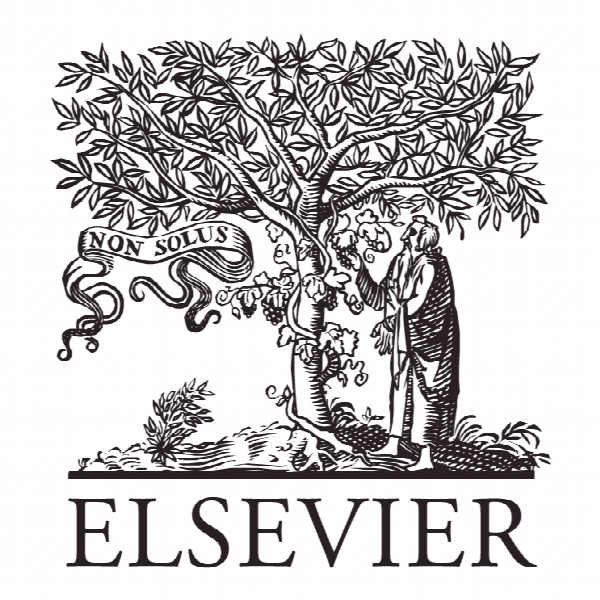افشای عمومی حسابرسی و اختلاف میان مشتری و حسابرس: شواهدی از چین Public Disclosure of Audit Fees and Bargaining Power between the Client and Auditor: Evidence from China
- نوع فایل : کتاب
- زبان : انگلیسی
- ناشر : Elsevier
- چاپ و سال / کشور: 2018
توضیحات
رشته های مرتبط حسابداری
گرایش های مرتبط حسابرسی
مجله بین المللی حسابداری – The International Journal of Accounting
دانشگاه China Europe International Business School – China
منتشر شده در نشریه الزویر
کلمات کلیدی انگلیسی Public fee disclosure, Bargaining power, Audit fee adjustments, China
گرایش های مرتبط حسابرسی
مجله بین المللی حسابداری – The International Journal of Accounting
دانشگاه China Europe International Business School – China
منتشر شده در نشریه الزویر
کلمات کلیدی انگلیسی Public fee disclosure, Bargaining power, Audit fee adjustments, China
Description
1. Introduction This study examines how the public disclosure of audit fees affects the bargaining power between the client and auditor. Numerous studies have examined the economics of audit pricing since Simunic (1980) (see Hay, Knechel, and Wong (2006) for a review). Some prior studies use surveyed proprietary audit fee data to conduct empirical analysis in an audit market without a public fee disclosure requirement, and others use publicly available audit fee data in a public disclosure regime. However, little has been done to compare the economics of audit pricing between the non-public and public disclosure regimes, possibly due to the lack of both proprietary and public audit fee data in a single audit market.1 In comparing non-public and public fee disclosure regimes, one important research question to consider is how public fee disclosure affects the bargaining power between the client and auditor. The question is important because it speaks directly to Healy and Palepu’s (2001) call for a better understanding of the effect of disclosure regulation on capital market development. The literature documents that fee issues dominate negotiations between client management and auditors (Beattie, Brandt and Fearnley, 2000). As fee disclosure regulation reveals the contractual (particularly fee) relationship between clients and auditors (DeAngelo, 1981a), it is likely to affect such a relationship, as the extent of audit pricing information asymmetry is lower. For example, Francis and Wang (2005) find that audit fee precision increased and fee dispersion decreased following the initial regulation of public fee disclosure in the U.S. audit market, transcending its original rationale.2 As an auditee usually has a limited understanding of auditors’ effort level (and thus limited audit fee information) in a private fee disclosure regime, public fee disclosure considerably expands the set of audit pricing information faced by clients, who now have significantly more information about how much comparable companies are charged in the market. Therefore, an auditee is more capable of identifying herself as being overcharged or undercharged. Given that a prior-period overcharged client asks to pay lower audit fees in the next period (i.e., a negative association between the lagged audit fee residual and current-period audit fee change), we predict that such a negative association is stronger in the public fee disclosure regime than in the non-public regime.


